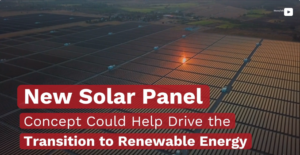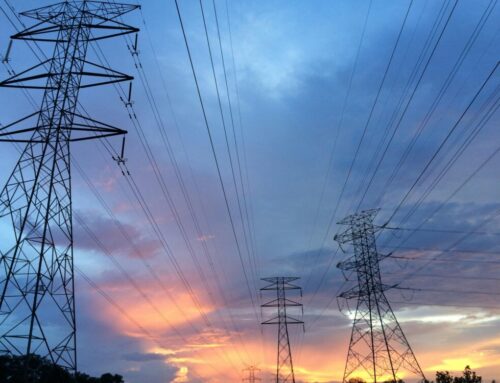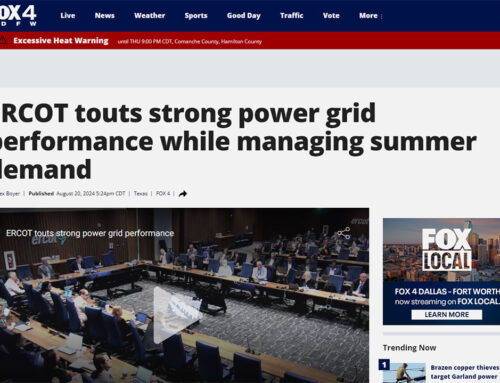
Article by Olivia Munson, published on usatoday.com on 5/18/2024.
Various forms of energy, such as kinetic, potential, chemical, and sound, exist on Earth and play vital roles in daily life, like driving cars and burning fires. One significant source of energy is the Sun, which sustains life on Earth and can be harnessed through technologies like solar panels to generate power.
Solar energy is produced through nuclear fusion in the Sun’s core, where hydrogen molecules collide under immense pressure to form helium, releasing energy in the process. This energy travels through the solar system as electromagnetic radiation, which includes heat and light, and is essential for weather, wind, and the sustenance of plant and animal life.
Solar panels, also known as photovoltaic (PV) panels, convert sunlight into electrical energy. Sunlight, containing photons, hits the PV cells made of semiconductor materials, releasing electrons and creating an electrical current. This current is collected and used as electricity. The efficiency of a solar panel depends on the number of PV cells it contains, with more cells generating more electricity.
Solar energy is a renewable resource, considered the cleanest and most abundant form of renewable energy. It can be converted into thermal or electrical energy and is part of a broader category of renewable energy sources, including wind, geothermal, hydropower, ocean energy, and bioenergy. The renewable nature of solar energy makes it a crucial component in the transition to sustainable energy solutions.





